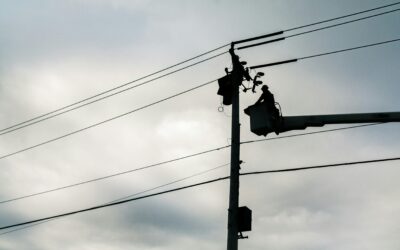This essay first appeared in Public Power May – June 2019.
Abstract
Electric rate structures have the potential to evolve and benefit utilities and customers. Advancements in technology have made it possible to recognize and charge customers based on their usage patterns, relay accurate price signals, and design rate structures that reflect the fixed and variable costs of providing electric service.
For many years, electric rate structures remained relatively unchanged, with a simple energy rate, sometimes a customer charge, and a demand charge (for larger customers). Given metering limitations, these rate structures were the most effective way to bill customers. Now, with data from new technologies, utilities have the opportunity to understand their customers in a way they previously could not and recognize areas where utility objectives are not being met.
There are at least three areas in which current rate structures do not achieve utility objectives.
Price signals sent to customers are often inconsistent with the cost of providing electricity, and customers are offered little incentive to use electricity cost-effectively. For example, incorrect price signals have caused some customers to make uneconomical investments in technologies that shifted costs to other ratepayers.
Rate structures may fulfill the utility’s need for revenue but might not reflect how costs are incurred. Charging customers on the common two-part rate structure — with a customer charge and energy rate — is an example of a rate structure that is inconsistent with cost recovery and cost causation.
Consistency between rate structures is an important consideration. For example, large general service customers might experience dramatic changes in bills when moving from a small general service rate to a demand-based large general service rate.
Rate-making objectives include fairness to customers, stable revenues for the utility, stable rates for customers, environmental and conservation objectives, and social concerns such as impacts on low-income customers or economic development for the community. Meeting these objectives and confronting industry challenges requires a long-term rate strategy that balances the needs of stakeholders with the objectives of the utility and community. This requires knowledge of rate structures and current rate design strategies.


